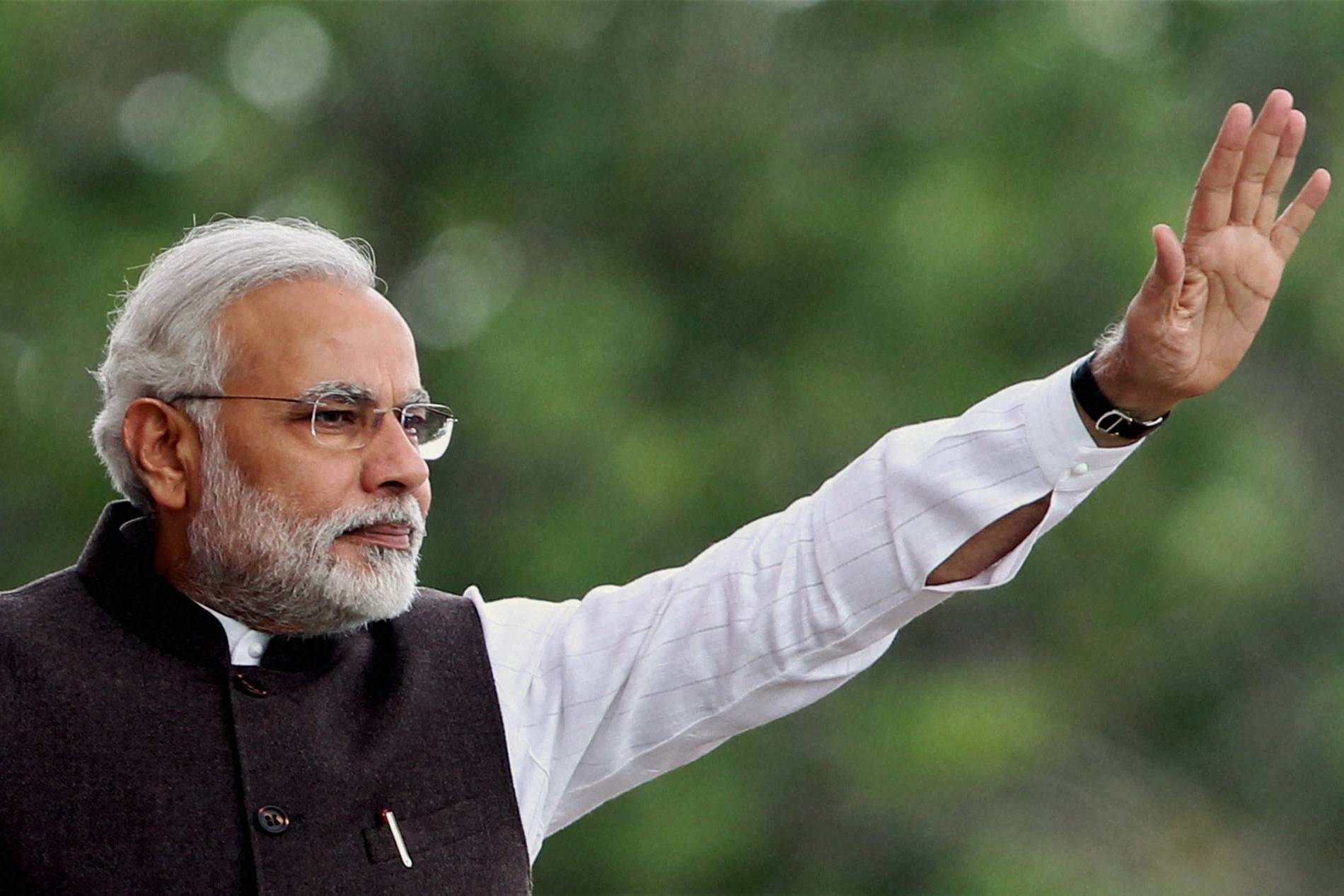This year the Indian elections were the longest in history, running in nine phases from April 7 to May 12, 2014. Many people stepped up to vote this year compared to many other years; 814.5 million were eligible to vote, and the average election turnout was about 66.38 percent, which is the highest it has ever been in the history of India’s general elections. These votes led to a huge win for the BJP, or Bharatiya Janata Party, securing 336 seats in the National Democratic Alliance, in the United Progressive Alliance 58 seats, and alone they obtained 282 seats.
Unlike the United States’ elections, the Indian elections occur every five years or whenever Parliament is expelled by the president. Since the past 2009 elections, much has happened to change the dynamic of these current elections, making them the longest in India’s history. Since 2009, the Anti-Corruption Movement by Anna Hazare, and other similar moves by Baba Ramdev and Arvind Kejriwal have gained recognition in the public and are quickly becoming popular. Throughout the last few years, Indian media has really begun to focus on such topics, and it has gone so far that even Bollywood is beginning to spread the knowledge through movies such as Bhoothnath Returns, in which the importance in the public’s vote is expressed in order to remove corrupt government officials from Parliament. Also, in 2012 when Pranab Mukherjee won the presidential elections, Kejriwal also formed a new party, the Aam Janata Party. The Telangana Movement which has been present since 1948 in which a separate Telangana state from Andhra Pradesh began to pick up some momentum. The final session of Parliament started on February 6 and ended on February 21. During this time they passed the The Lokpal and Lokayuktas Bill, 2013 that tried to bring down corruption, which of course is still occurring, and it created Telangana.
While the BJP, whose leader is Narendra Modi, the previous Gujarat Chief Minister, won a total of 427 seats, the other parties also received a few positions as well. The runner up was the Telugu Desam Party with a total of 30 seats, and in third position is Shiv Sena with 20 seats. Obviously the BJP won by a landslide, but they must have appealed to the public. They began to focus on major issues such as corruption and employment. The BJP promised to set up a Price Stabilization Fund to steady the price rise by establishing a single ‘National Agricultural Market’ and go at e-Governance, which would simplify the tax regime in order to prevent corruption. It focuses on labour-intensive manufacturing, traditional agricultural employment, an increase of infrastructure and housing and self-employment opportunities in order to create more jobs.
While a good win for the BJP, some Indian citizens question whether or not the Parliament will get any better. India has been corrupt for so long that people do not have too much hope left in their government. This is the importance of voting because otherwise the best candidate to represent the country will not be able to help it out of the grasp of poverty, corruption, and unemployment.

